I T IS STRANGE TO BE HERE . T HE MYSTERY NEVER LEAVES YOU alone. Behind your image, below your words, above your thoughts, the silence of another world waits. A world lives within you. No one else can bring you news of this inner world. Through the opening of the mouth, we bring out sounds from the mountain beneath the soul. These sounds are words. The world is full of words. There are so many talking all the time, loudly, quietly, in rooms, on streets, on television, on radio, in the paper, in books. The noise of words keeps what we call the world there for us. We take each others sounds and make patterns, predictions, benedictions, and blasphemies. Each day, our tribe of language holds what we call the world together. Yet the uttering of the word reveals how each of us relentlessly creates. Everyone is an artist. Each person brings sound out of silence and coaxes the invisible to become visible.
Humans are new here. Above us, the galaxies dance out toward infinity. Under our feet is ancient earth. We are beautifully molded from this clay. Yet the smallest stone is millions of years older than us. In your thoughts, the silent universe seeks echo.
An unknown world aspires toward reflection. Words are the oblique mirrors that hold your thoughts. You gaze into these word-mirrors and catch glimpses of meaning, belonging, and shelter. Behind their bright surfaces is the dark and the silence. Words are like the god Janus, they face outward and inward at once.
If we become addicted to the external, our interiority will haunt us. We will become hungry with a hunger no image, person, or deed can still. To be wholesome, we must remain truthful to our vulnerable complexity. In order to keep our balance, we need to hold the interior and exterior, visible and invisible, known and unknown, temporal and eternal, ancient and new, together. No one else can undertake this task for you. You are the one and only threshold of an inner world. This wholesomeness is holiness. To be holy is to be natural, to befriend the worlds that come to balance in you. Behind the facade of image and distraction, each person is an artist in this primal and inescapable sense. Each one of us is doomed and privileged to be an inner artist who carries and shapes a unique world.
Human presence is a creative and turbulent sacrament, a visible sign of invisible grace. Nowhere else is there such intimate and frightening access to the mysterium. Friendship is the sweet grace that liberates us to approach, recognize, and inhabit this adventure. This book is intended as an oblique mirror in which you might come to glimpse the presence and power of inner and outer friendship. Friendship is a creative and subversive force. It claims that intimacy is the secret law of life and universe. The human journey is a continuous act of transfiguration. If approached in friendship, the unknown, the anonymous, the negative, and the threatening gradually yield their secret affinity with us. As an artist, the human person is permanently active in this revelation. The imagination is the great friend of the unknown. Endlessly, it invokes and releases the power of possibility. Friendship, then, is not to be reduced to an exclusive or sentimental relationship; it is a far more extensive and intensive force.
The Celtic mind was neither discursive nor systematic. Yet in their lyrical speculation the Celts brought the sublime unity of life and experience to expression. The Celtic mind was not burdened by dualism. It did not separate what belongs together. The Celtic imagination articulates the inner friendship that embraces Nature, divinity, underworld, and human world as one. The dualism that separates the visible from the invisible, time from eternity, the human from the divine, was totally alien to them. Their sense of ontological friendship yielded a world of experience imbued with a rich texture of otherness, ambivalence, symbolism, and imagination. For our sore and tormented separation, the possibility of this imaginative and unifying friendship is the Celtic gift.
The Celtic understanding of friendship finds its inspiration and culmination in the sublime notion of the anam  ara. Anam is the Gaelic word for soul;
ara. Anam is the Gaelic word for soul;  ara is the word for friend. So anam
ara is the word for friend. So anam  ara means soul friend. The anam
ara means soul friend. The anam  ara was a person to whom you could reveal the hidden intimacies of your life. This friendship was an act of recognition and belonging. When you had an anam
ara was a person to whom you could reveal the hidden intimacies of your life. This friendship was an act of recognition and belonging. When you had an anam  ara, your friendship cut across all convention and category. You were joined in an ancient and eternal way with the friend of your soul. Taking this as our inspiration, we explore interpersonal friendship in chapter 1. Central here is the recognition and awakening of the ancient belonging between two friends. Since the birth of the human heart is an ongoing process, love is the continuous birth of creativity within and between us. We will explore longing as the presence of the divine and the soul as the house of belonging.
ara, your friendship cut across all convention and category. You were joined in an ancient and eternal way with the friend of your soul. Taking this as our inspiration, we explore interpersonal friendship in chapter 1. Central here is the recognition and awakening of the ancient belonging between two friends. Since the birth of the human heart is an ongoing process, love is the continuous birth of creativity within and between us. We will explore longing as the presence of the divine and the soul as the house of belonging.
In chapter 2, we will outline a spirituality of friendship with the body. The body is your clay home, your only home in the universe. The body is in the soul; this recognition confers a sacred and mystical dignity on the body. The senses are divine thresholds. A spirituality of the senses is a spirituality of transfiguration. In chapter 3, we will explore the art of inner friendship. When you cease to fear your solitude, a new creativity awakens in you. Your forgotten or neglected inner wealth begins to reveal itself. You come home to yourself and learn to rest within. Thoughts are our inner senses. Infused with silence and solitude, they bring out the mystery of the inner landscape.

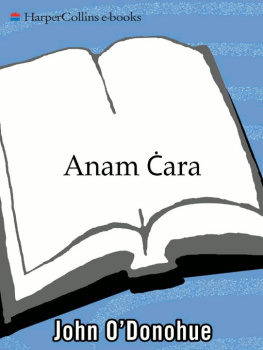
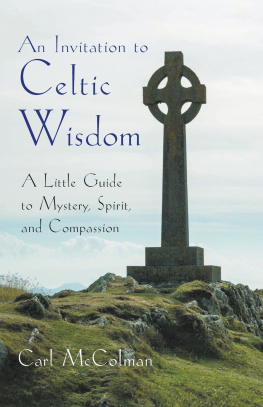

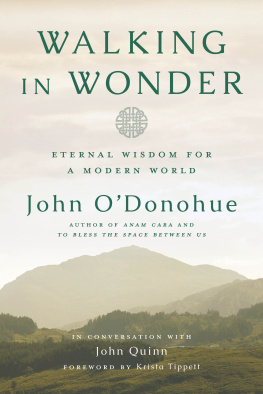

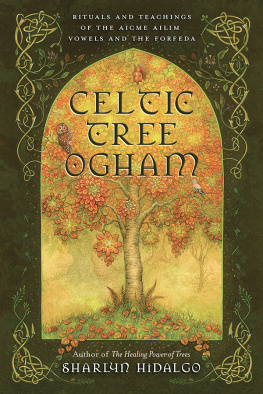
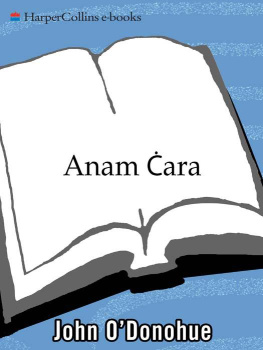
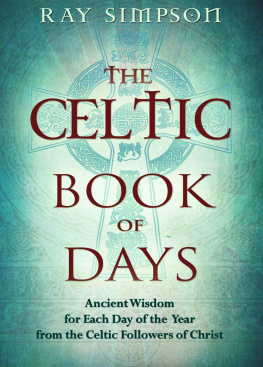
 o mo
o mo  irde a
irde a  ug fosca
ug fosca  agus solas .
agus solas .